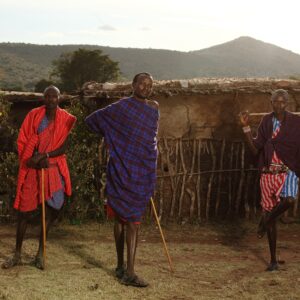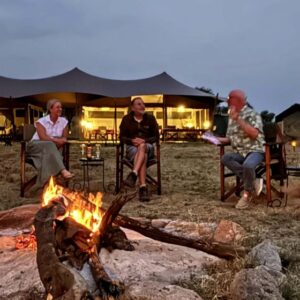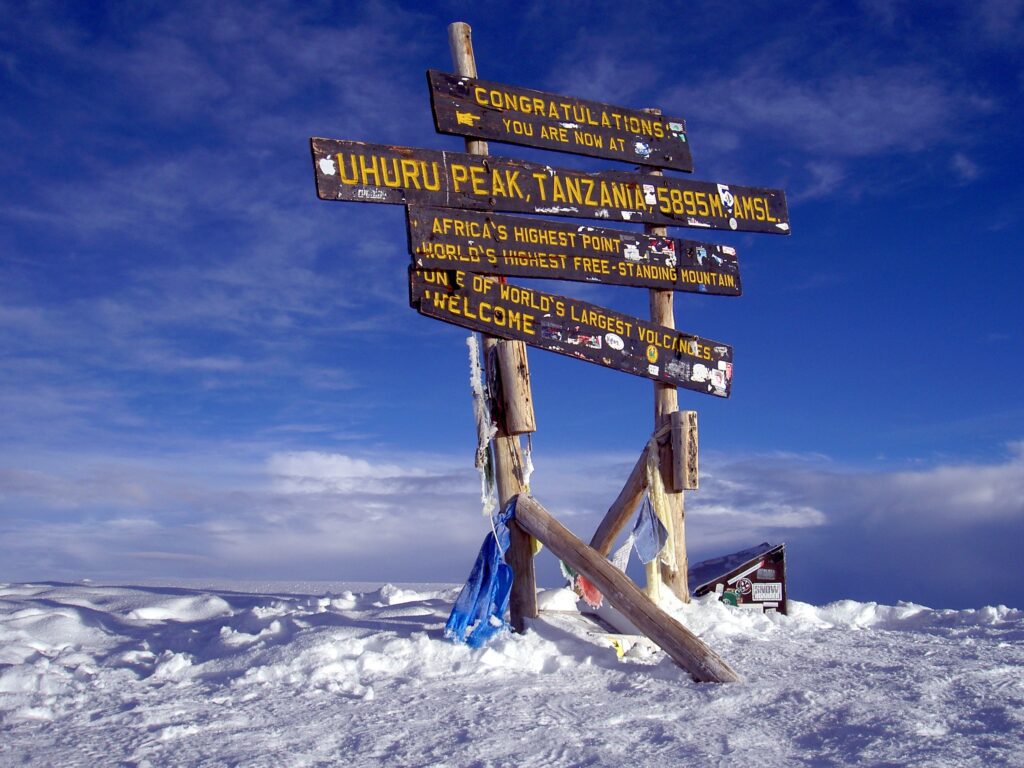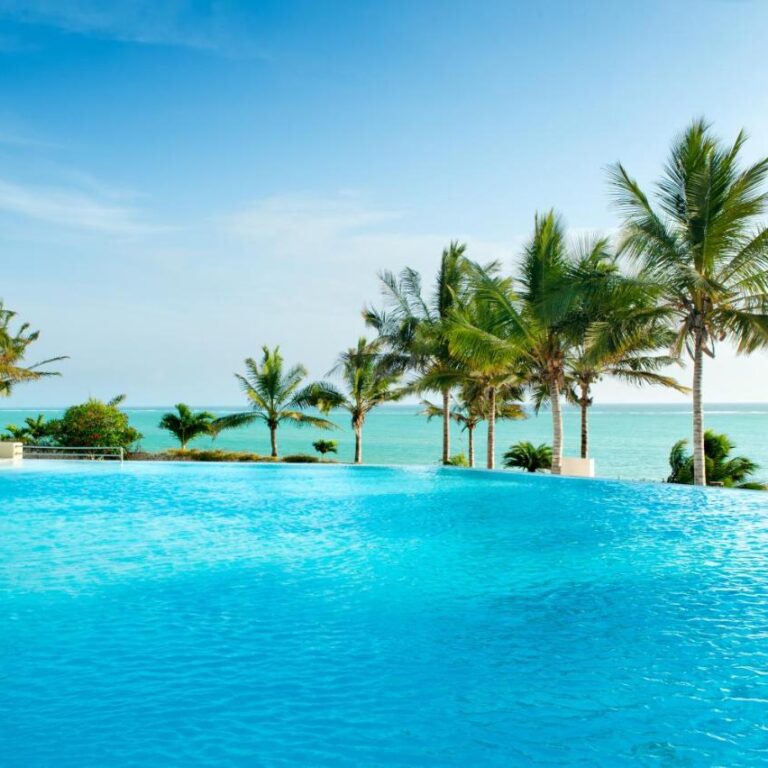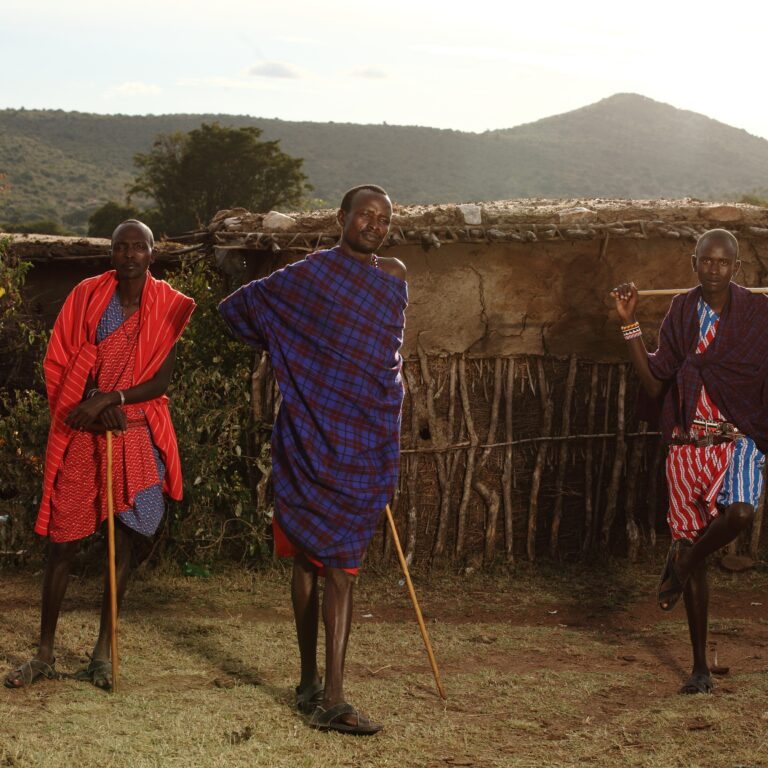Standing tall at 5,895 meters (19,341 feet), Mount Kilimanjaro is Africa’s highest peak and a dream destination for adventurers worldwide. But despite its allure, many people are apprehensive about taking on this challenge. The fears range from physical fitness to altitude sickness, not to mention the sheer mental effort of scaling a mountain. If you’re one of those harboring doubts, this article is here to reassure you: climbing Kilimanjaro isn’t as intimidating as it seems. With preparation, the right mindset, and an experienced guide, anyone with determination can achieve this once-in-a-lifetime feat.
Don’t let fear stop you from climbing Kilimanjaro; it’s a hike, not a technical climb, and the biggest risk, acute mountain sickness (AMS), can be managed with slow ascents, longer routes for better acclimatization, staying hydrated and eating well, and proper gear. Experienced guides and medical preparedness are crucial for a safe and successful trip, so choose a reputable operator and consult your doctor about altitude sickness medication like Diamox.
1. Breaking Down the Myths
“You Need to Be an Athlete to Climb Kilimanjaro” Contrary to popular belief, Kilimanjaro is not a technical climb. Unlike Everest or the Alps, it doesn’t require ropes, ice picks, or advanced mountaineering skills. Kilimanjaro is a trek, not a climb, which means the most important thing you need is endurance, not extreme physical strength.
Even if you’re not an experienced hiker, you can prepare by building your stamina and strength. Start with regular walking or hiking several weeks before your trip. Add in some cardiovascular exercises like cycling or swimming. The goal is not to turn into a marathon runner but to ensure you’re fit enough to enjoy the journey.
“Altitude Sickness Will Ruin the Experience”
Altitude sickness is a valid concern but not an insurmountable one. The key to managing it lies in acclimatization. Kilimanjaro’s routes are designed to “climb high, sleep low,” allowing your body to adjust gradually to the altitude. Choosing a longer route, such as the Lemosho or Rongai route, significantly increases your chances of success as it gives your body more time to adapt.
Additionally, staying hydrated, maintaining a steady pace, and listening to your guides are critical. Guides monitor your health daily and know how to handle any signs of altitude sickness. Many climbers are surprised to find that their fears of altitude fade once they’re on the mountain and see how manageable it is.
2. Your Mental Game Matters Most
One of the most overlooked aspects of climbing Kilimanjaro is mental preparation. It’s natural to feel overwhelmed when you think about the challenge ahead, but breaking it down into smaller steps makes it more achievable. Instead of focusing on the summit from the beginning, take it day by day—or even hour by hour.
Surprisingly, the journey itself helps build mental resilience. The camaraderie among climbers, the encouragement from guides, and the spectacular scenery all work to keep your spirits high. You’ll pass through five distinct ecosystems, from lush rainforests to barren alpine deserts, which provide constant inspiration to keep going.
3. Preparation Is Your Best Friend
Research and Choose the Right Route
Kilimanjaro offers several routes to the summit, each with unique landscapes, difficulty levels, and durations. For beginners, the Lemosho and Machame routes are popular choices due to their scenic beauty and higher acclimatization success rates. Research thoroughly and pick a route that suits your fitness level and schedule. We regularly state that Kilimanjaro can be successfully climbed by anyone with a “reasonable degree of fitness.” We stand by that. Training should be a cornerstone of your preparation. We recommend 2-3 months of training consisting of outdoor hikes and/or stair climbing. The more fit you are, the easier it will be.
Invest in Proper Gear
The right gear can make or break your climb. Pack high-quality trekking boots, layered clothing, a warm sleeping bag, and a reliable daypack. Renting equipment is an option, but make sure it’s in good condition. Remember, temperatures on Kilimanjaro can drop to freezing levels, especially near the summit, so don’t skimp on warm gear.
Train in Advance
Training doesn’t mean you need to climb another mountain beforehand. Long walks, hiking trips, and moderate cardio exercises will suffice. Focus on building stamina and getting your body used to prolonged physical activity. Practicing hikes with a loaded backpack can also help simulate the Kilimanjaro experience.
4. What to Expect on the Mountain
Daily Treks
Each day on Kilimanjaro involves trekking for 4-8 hours, depending on the route and your pace so don’t be scared of Climbing Kilimanjaro. The guides set a manageable pace, often reminding climbers to go “pole, pole” (Swahili for “slowly, slowly”). This mantra isn’t just about conserving energy; it’s also vital for proper acclimatization.
You’ll begin your journey in dense rainforests, teeming with wildlife like colobus monkeys and exotic birds. As you ascend, the landscape changes dramatically, from moorlands to rocky slopes and, finally, the snowy summit. Each new environment is a reward in itself.
The Summit Night
The final push to the summit is undoubtedly the most challenging part of the climb. Starting at midnight, you’ll trek under the stars to reach Uhuru Peak by sunrise. The combination of cold, darkness, and thin air can be daunting, but the moment you stand at the summit is indescribable. It’s a mix of triumph, awe, and gratitude—a memory that will stay with you forever.
5. Overcoming Common Fears
Fear of Failure
It’s natural to worry about not reaching the summit, but remember don’t be scared of Climbing Kilimanjaro the journey is just as important as the destination. Even if you don’t make it to Uhuru Peak, the experience of trekking through Kilimanjaro’s diverse ecosystems is an achievement in itself. Many climbers say the friendships and personal growth they gain outweigh the summit itself.
Fear of Physical Limits
You’ll be amazed at what your body can achieve with persistence and support so don’t be scared of Climbing Kilimanjaro. Kilimanjaro’s guides and porters are experts at keeping climbers motivated and safe. They’ll encourage you, carry your heavy gear, and ensure you’re eating and drinking enough to sustain your energy. With their help, you’ll often push past limits you didn’t know you could overcome.
6. Why It’s Worth It
Climbing Kilimanjaro isn’t just about reaching the top of Africa; it’s about discovering your inner strength don’t be scared of Climbing Kilimanjaro. The mountain tests your physical and mental limits, but it also rewards you with breathtaking views, a deep connection to nature, and a sense of accomplishment that few other experiences can match.
As you descend from the summit, basking in the glow of your achievement, you’ll realize that Kilimanjaro wasn’t as scary as it seemed. The fears that once held you back will feel insignificant compared to the pride of conquering one of the world’s most iconic peaks.
Everything you need to know about climbing Mount Kilimanjaro
Climbing Mount Kilimanjaro, Africa’s highest peak, is a thrilling adventure. With routes like Machame, Marangu, and Lemosho, treks range from 5 to 9 days. No technical climbing is required, but preparation for altitude sickness is essential. The journey offers stunning landscapes, from rainforests to alpine deserts and glaciers. Best climbed from June to October or January to March, Kilimanjaro combines challenge and beauty, making it a bucket-list experience for adventure enthusiasts worldwide.
7. Final Thoughts
Don’t let fear stop you from climbing Kilimanjaro. With proper preparation, a trusted guide, and a positive mindset, you can turn this dream into reality. Remember, the journey isn’t about being fearless; it’s about pushing through fear and discovering just how capable you really are. So, lace up your boots, pack your sense of adventure, and take that first step toward an unforgettable adventure. Kilimanjaro is waiting for you. Explore epic climbing with us.
- 10 important things to know before climbing Kilimanjaro
- 7 Things They Don’t Tell You About Climbing Kilimanjaro
- Can I Climb Kilimanjaro in Africa if I Have a Fear of Heights
- Is Climbing Kilimanjaro Safe – Kilimanjaro Safety, Health & Rescue
- Avoid the Crowds While Climbing Kilimanjaro
- How Fit Do You Need to Be to Climb Kilimanjaro?
- What I wish I knew before climbing Kilimanjaro
- Best time to climb Kilimanjaro
- How long does it take to climb Mount Kilimanjaro
- Mount Kilimanjaro guide
- Climb Kilimanjaro 2024
- Best Kilimanjaro route for beginners
- Do you need a permit to climb Mount Kilimanjaro
- How many people have climbed Kilimanjaro


